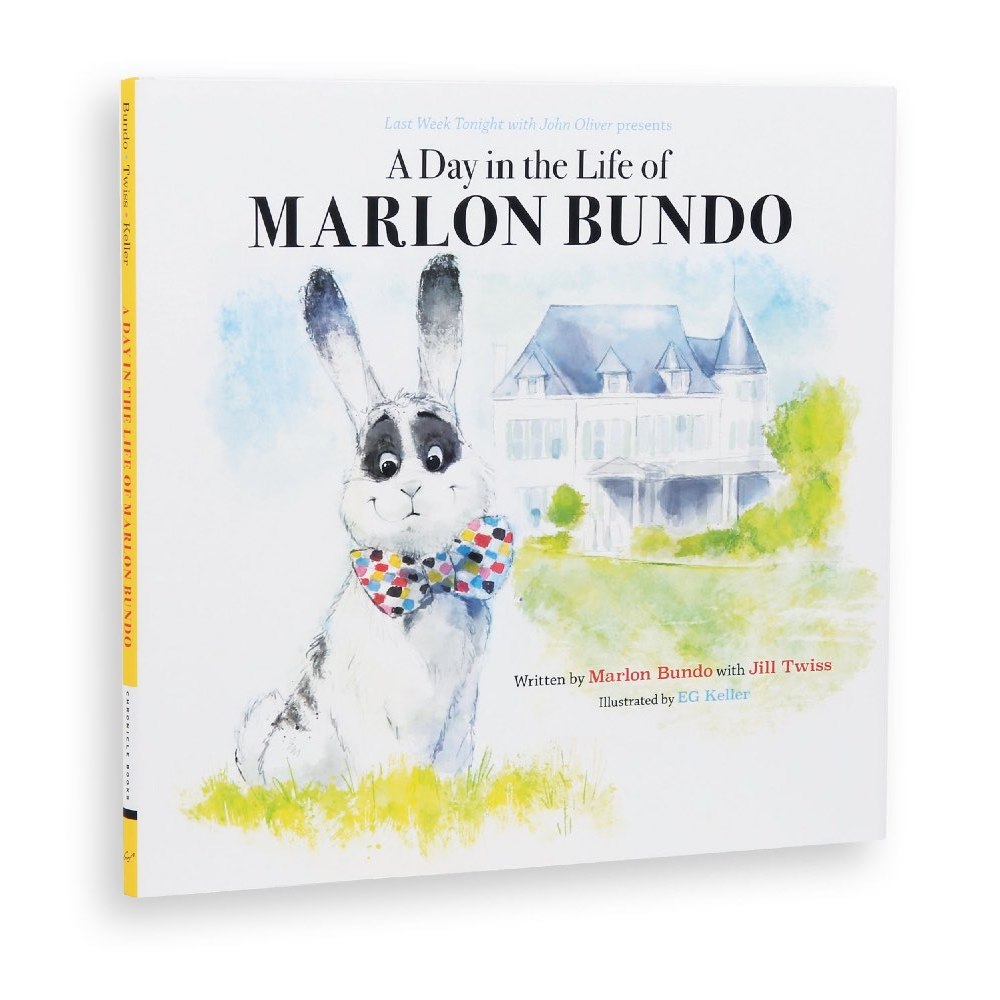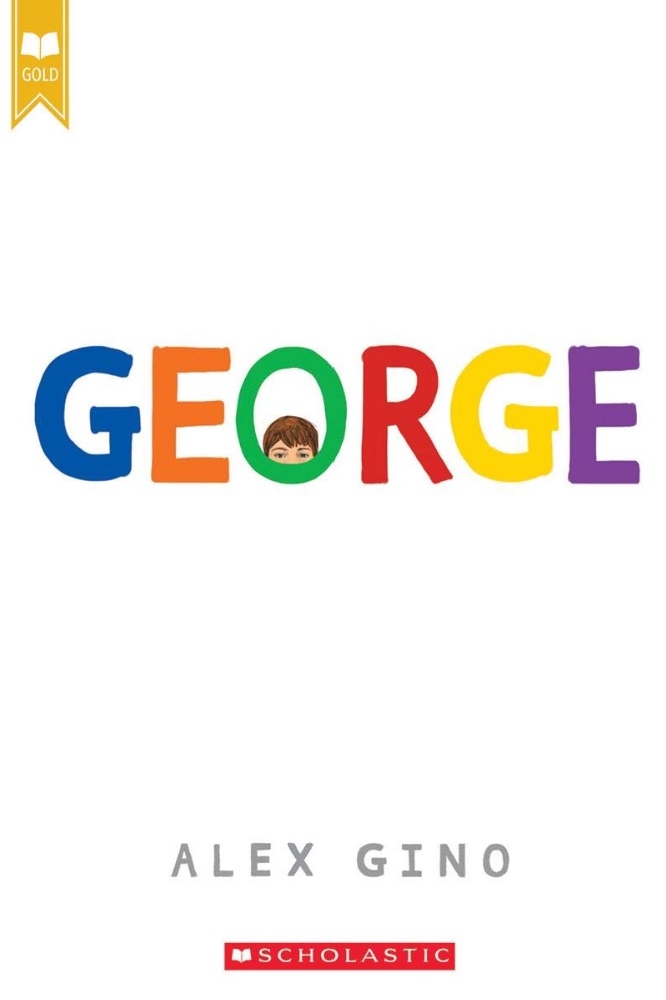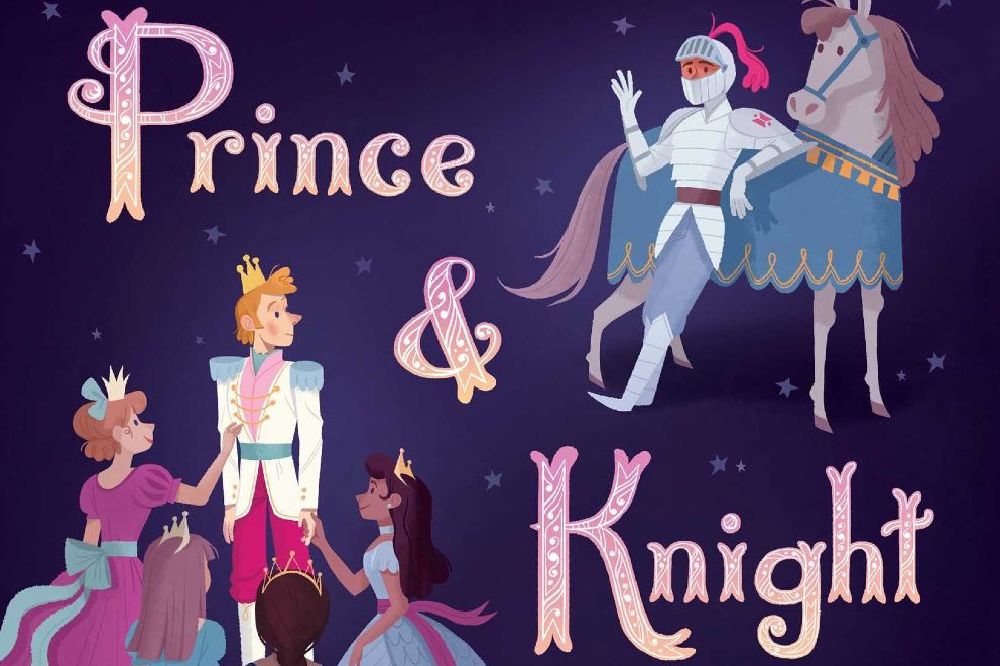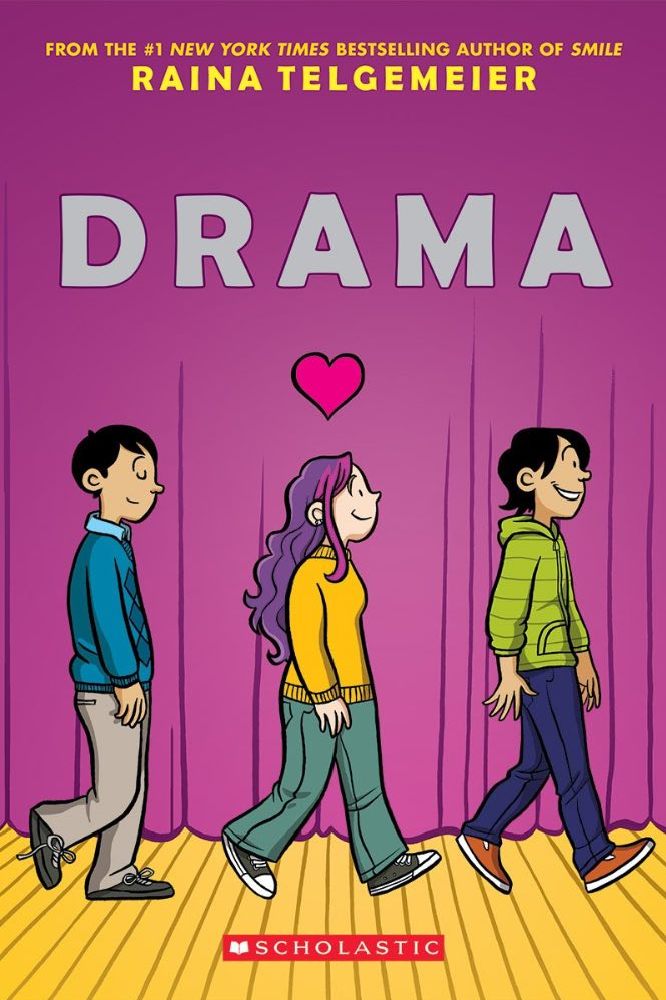Teaching children about sexuality and gender identity shouldn't be a controversial subject. It should be a part of bringing up our children to be independent, open-minded, kind and confident human beings. Fortunately, there are so many books out there that deal with LGBTQ+ issues from romantic relationships and same-sex parent families to gender dysphoria and Pride celebrations.
Unfortunately, these books aren't readily available to every child. Many US states and other countries have censored anything that even hints at something other than a hetero/cis-normative lifestyle. And these books are some of the most frequently banned children's books.
1. A Day in the Life of Marlon Bundo by Jill Twiss
To answer the frequently asked question of how to explain same-sex marriage to a small child, in 2018 Last Week Tonight with John Oliver presented a charming little picture book about a bunny named Marlon Bundo who falls in love with another boy bunny.

Featuring some thinly veiled well-known characters such as Donald Trump (aka The Stink Bug) and, of course, Mike Pence (the owner of the real Marlon Bundo), it’s a parody on Charlotte Pence’s children’s book Marlon Bundo's A Day in the Life of the Vice President. All proceeds from the book are donated to The Trevor Project and AIDS United.
Naturally, the book became the 19th most banned and challenged book in the US in the 2010s according to the American Library Association for its political viewpoint and the potential effect on children who read it. Because heaven forbid we raise an open-minded and emotionally receptive generation of people.
2. Melissa (AKA George) by Alex Gino
This middle-grade novel from 2015 follows a young transgender girl named Melissa (whom the world knows as George) and explores her journey with her gender identity.

This year, the author changed the name of the book from George to Melissa after reflecting that it was possibly not the right thing to do to title a book after a name that the character does not want for herself. New editions featuring the altered title will be published next year.
It became the fifth most banned book between 2010 and 2020. A major controversy was sparked when George was chosen for the Oregon Battle of the Books event, whereby two school districts pulled out. Both insisted, however, that their refusal to participate was due to other content in the book and not the LGBTQ+ issues.
3. Prince & Knight by Daniel Haack
A new kind of fairytale for a world breaking down relationship norms, Prince & Knight is all about a prince whose parents are trying to find him a princess to marry, though he can’t see himself falling in love with any of them. His attention is captured, however, by a brave knight who saves the kingdom from a beastly dragon.

This multi-award-winning picture book published in 2018 has everything a person needs in a fairytale, though it did become the fifth most challenged book in 2019 with one pastor quoted as saying: “This book is a deliberate attempt to indoctrinate young children, especially boys, into the LGBTQA lifestyle”.
4. I Am Jazz by Jessica Herthel and Jazz Jennings
This autobiographical picture book about one of the youngest publicly known transgender girls, Jazz Jennings, who was just 5-years-old when she was diagnosed with gender dysphoria. The book is named after the initial documentary about her, 2011’s I Am Jazz: A Family in Transition; with I Am Jazz also being the name of her 2015 reality series.

Gender issues are something that can affect people at any age, so it’s an amazing book to show children who are only just discovering themselves. However, it has been challenged often, notably when one elementary school - Mount Horeb Primary Center - scheduled a public reading of the book in support of a transgender student who had recently transitioned.
A conservative Christian group called the Liberty Counsel sued the school for undermining the rights of children, teachers and parents, though the publicity brought in a wave of support from LGBTQ+ positive campaigns.
5. Drama by Raina Telgemeier
Another middle-grade read, this graphic novel isn’t strictly about being queer as such, but it does feature three gay or questioning characters with whom our protagonist Callie gets involved in a theatre production.

The book is important for its normalisation of queer issues among young teens, but it has been criticised for its inclusion of homosexual relationships in a story aimed at ages 10 and above. It’s omission in many schools and libraries makes it a must-read for us.
6. And Tango Makes Three by Justin Richardson and Peter Parnell
Everyone has the right to a family, no matter what the dynamics are. That’s why when two male penguins at Central Park Zoo start behaving like a couple, the zookeepers do everything they can to help them build a family of their own despite the fact that neither of them can lay eggs.

The best thing about this story is that it’s based on a pair of real male chinstrap penguins who found themselves with an unusual but very special bond at the famous New York zoo.
The book was first published in 2005 and it is still vigorously challenged and banned. It was removed from circulation in Hong Kong, threatened with burning in Singapore and censored in various US states such as Utah, Massachusetts and Missouri.
MORE: Harry Potter and five more children's books banned in the US
7. This Day in June by Gayle E. Pitman
Pride parades are the most important events for the LGBTQ+ community, and this vibrant book for 4-8 year-olds illustrates the significance of those events wonderfully, and helps parents find a way to open up the conversation of sexuality in a simple way.

It’s one of the top 11 most challenged books of 2018, no doubt for its attempt to lure children into a magical world of glitter, rainbows and drag queens (because everyone knows how dangerous it is for kids to have that much fun).

